The Detroit Institute of Arts (DIA) presents After Cubism: Modern Art in Paris, 1918-1948, a wide-ranging exhibition that explores the changing landscape of modern art in Paris in the years after World War I, as seen through ambitious works from leading figures of the 20th century, using competing styles, including cubism, a revived classicism, surrealism and more.
On view August 18, 2023, through January 7, 2024, the exhibition features 120 paintings, prints, drawings, and photographs, all from the DIA’s permanent collection. The show’s title comes directly from the artistic declaration Après le cubism (After Cubism), published in 1918 and written by Amédée Ozenfant and Charles-Édouard Jeanneret (later known as Le Corbusier). The DIA’s exhibition explores the artistic community from the end of World War I through the rebuilding after World War II, tracing the expansion and development of new styles by artists who traveled to Paris from around the globe.
During these years, a new sense of possibility followed the devastation caused by World War I. The French capital was the center of the art world, drawing in artists from North and South America and throughout Europe. These artists gathered and exchanged avant-garde ideas in the city’s cafes, studios, and galleries, and often inspired each other. Most of the works featured in the DIA’s After Cubism exhibition were created in Paris or nearby, or during travels to the French Riviera.
“It is just over a century since the manifesto, After Cubism, was published,” said DIA Director Salvador Salort-Pons. “Our new exhibition not only celebrates Paris as a central figure, but more so the artists who explored fresh avenues, resulting in works that continue to inspire today.”
“It is an honor to present this exceptional collection of works of modern art from such an influential period, a time when so many forward-looking ideas took shape and charted new directions,” said Clare Rogan, Curator of Prints and Drawings at the Detroit Institute of Arts. “The artists of Paris responded to the changes of modern life, including rapid electrification, innovations in science and technology, and new ideas about vision and psychology. Their approaches to artwork in the modern age still echo for us today.”
Images:
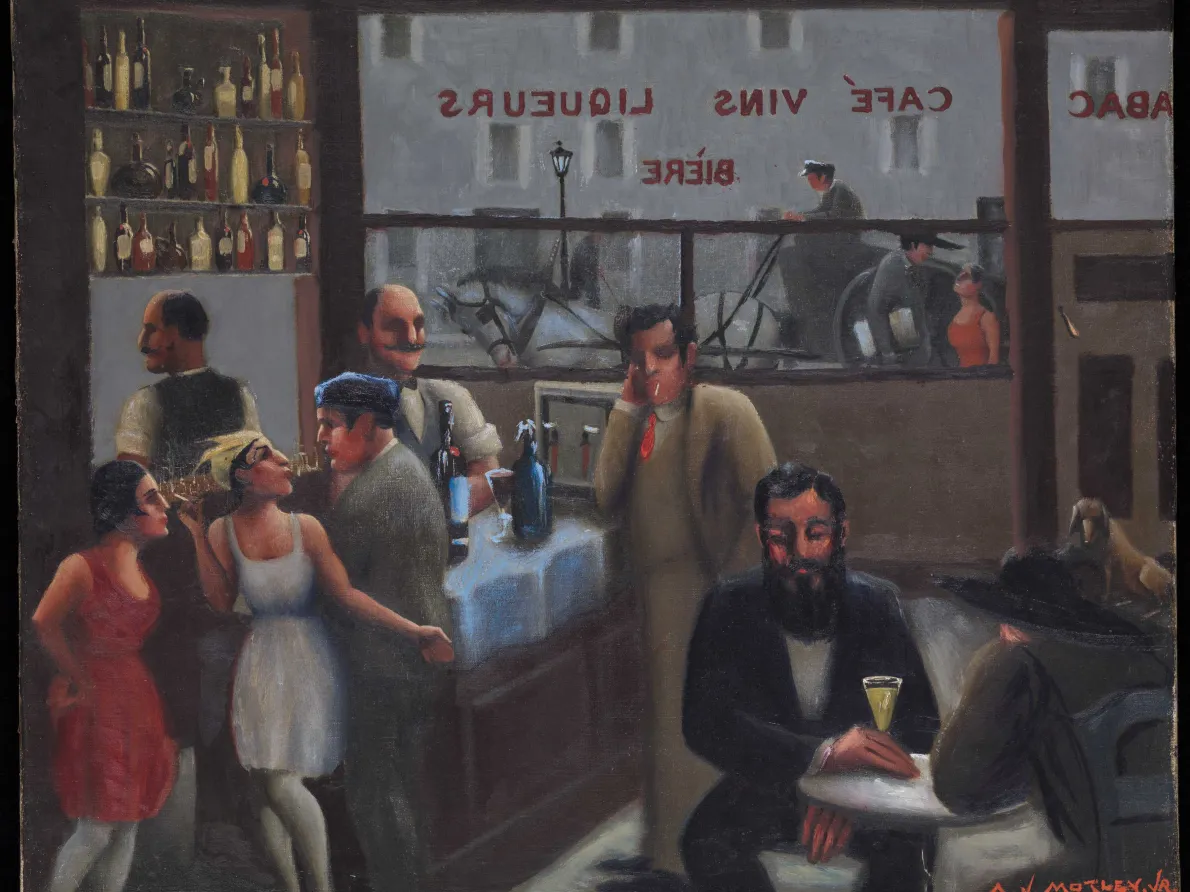
Archibald John Motley, Jr. (American, 1891 – 1981). Café, Paris, 1929, oil on canvas. Detroit Institute of Arts, Museum Purchase, Ernest & Rosemarie Kanzler Foundation Fund, 2018.71. © Estate of Archibald John Motley Jr. All reserved rights 2023/ Bridgeman Images.
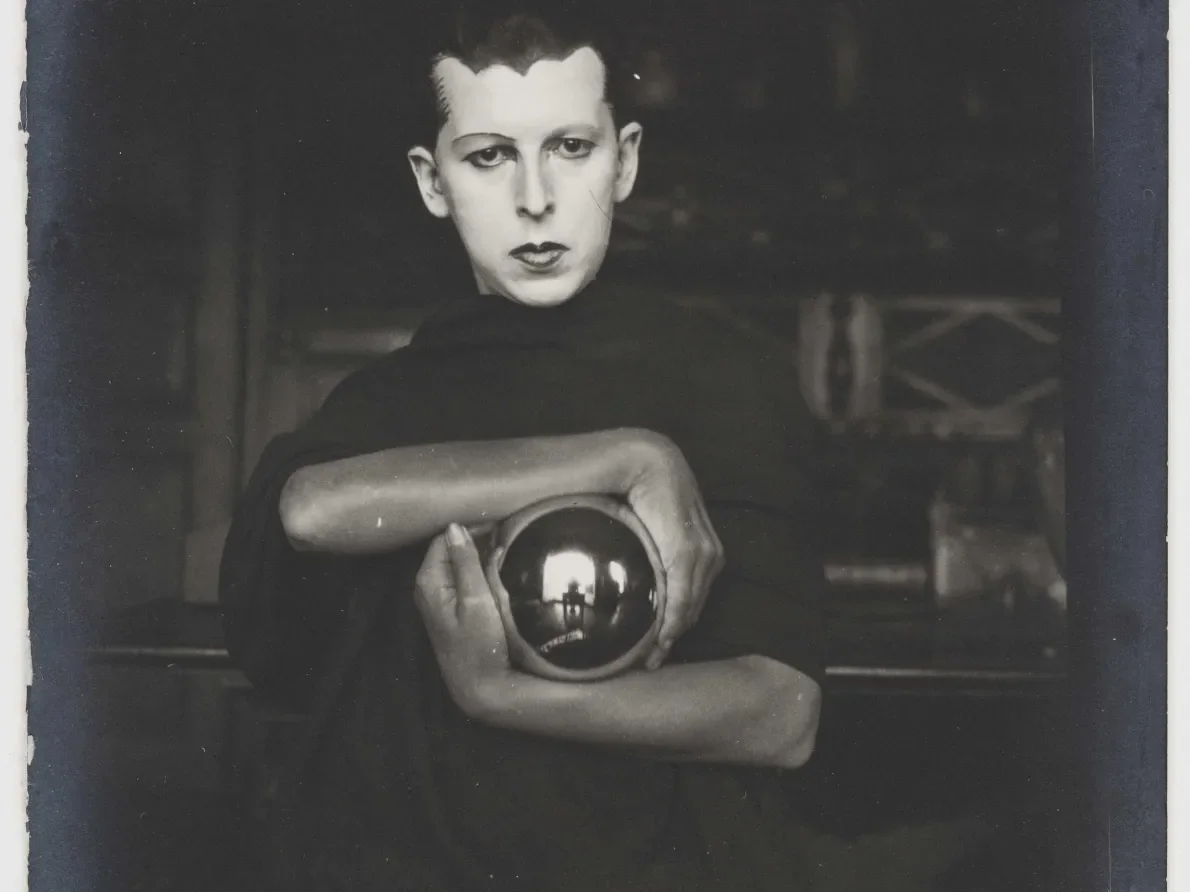
Claude Cahun (French, 1894-1954). Self-Portrait, ca. 1927, gelatin silver print. Detroit Institute of Arts, Founders Society Purchase, Albert and Peggy de Salle Charitable Trust and the DeRoy Photographic Acquisition Endowment Fund, 1993.25.
D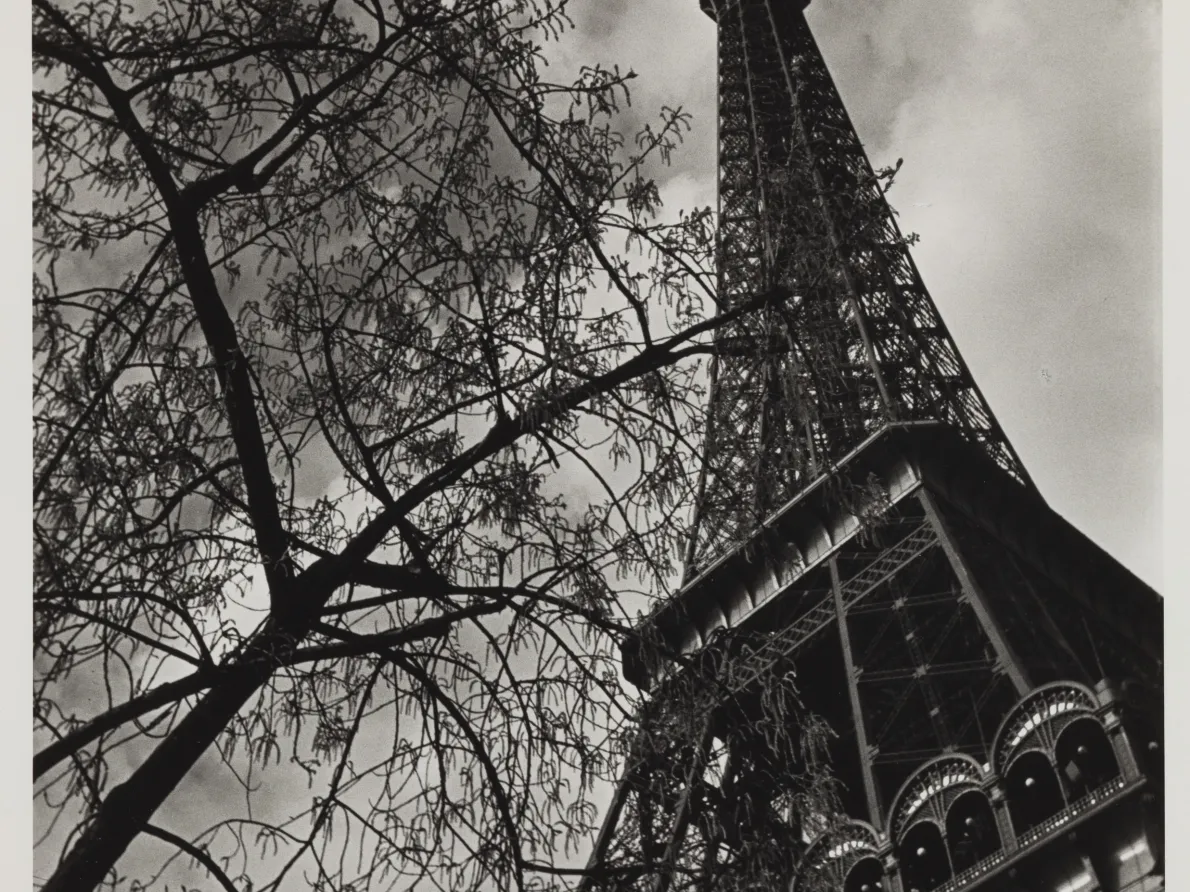
Ilse Bing (American, born Germany, 1899–1998). Eiffel Tower with Branches, Paris, 1939, printed 1993, gelatin silver print. Detroit Institute of Arts, Gift of the Estate of Ilse Bing Wolff, 2001.101. © Estate of Ilse Bing.
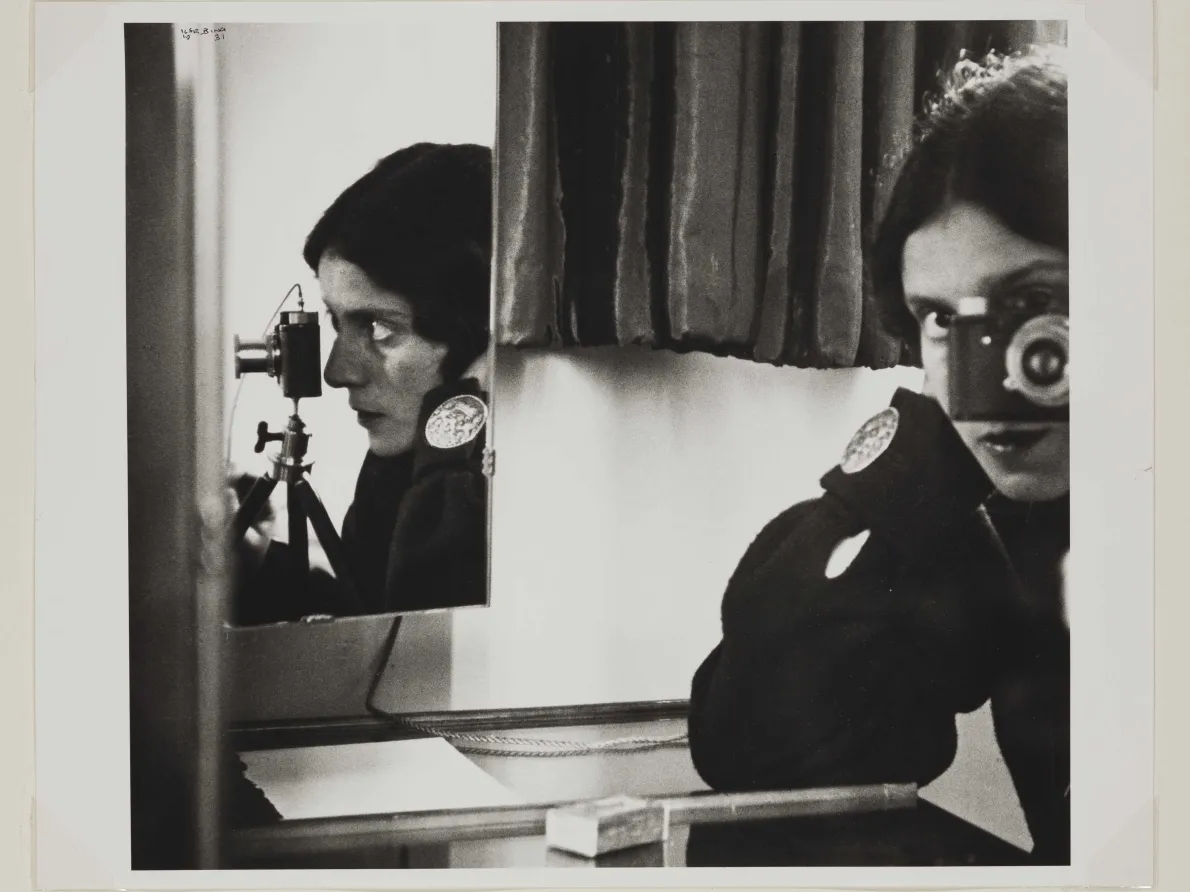
Ilse Bing (American, born Germany, 1899–1998). Self Portrait with Leica, 1931, printed 1992, gelatin silver print. Detroit Institute of Arts, Gift of the Estate of Ilse Bing Wolff, 2001.106. © Estate of Ilse Bing.
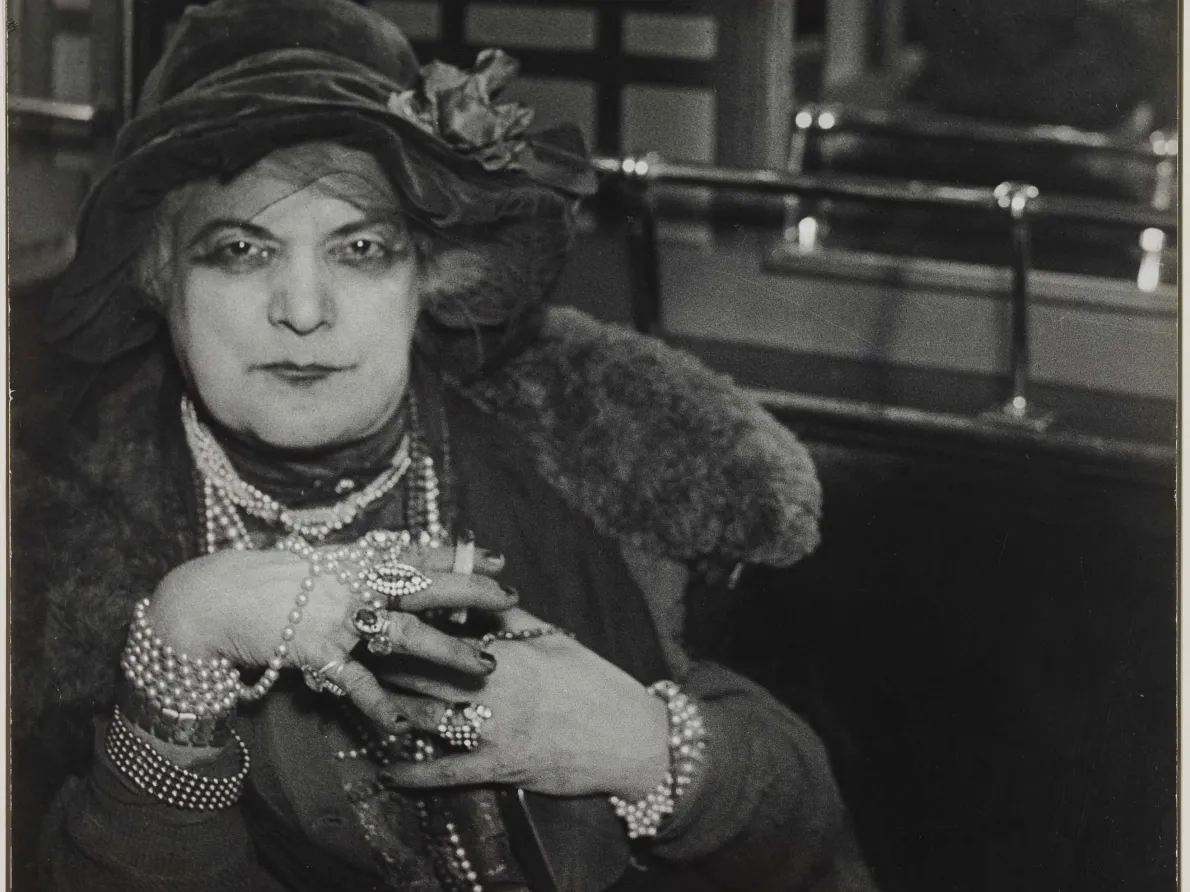
Brassaï (French, 1899-1984). "Bijou" of Montmartre, ca. 1932, gelatin silver print. Detroit Institute of Arts, Founders Society Purchase, Charles L. Freer Fund, Elliott T. Slocum Fund and Hal H. Smith Fund, 55.492. © ESTATE BRASSAÏ – RMN-Grand Palais.
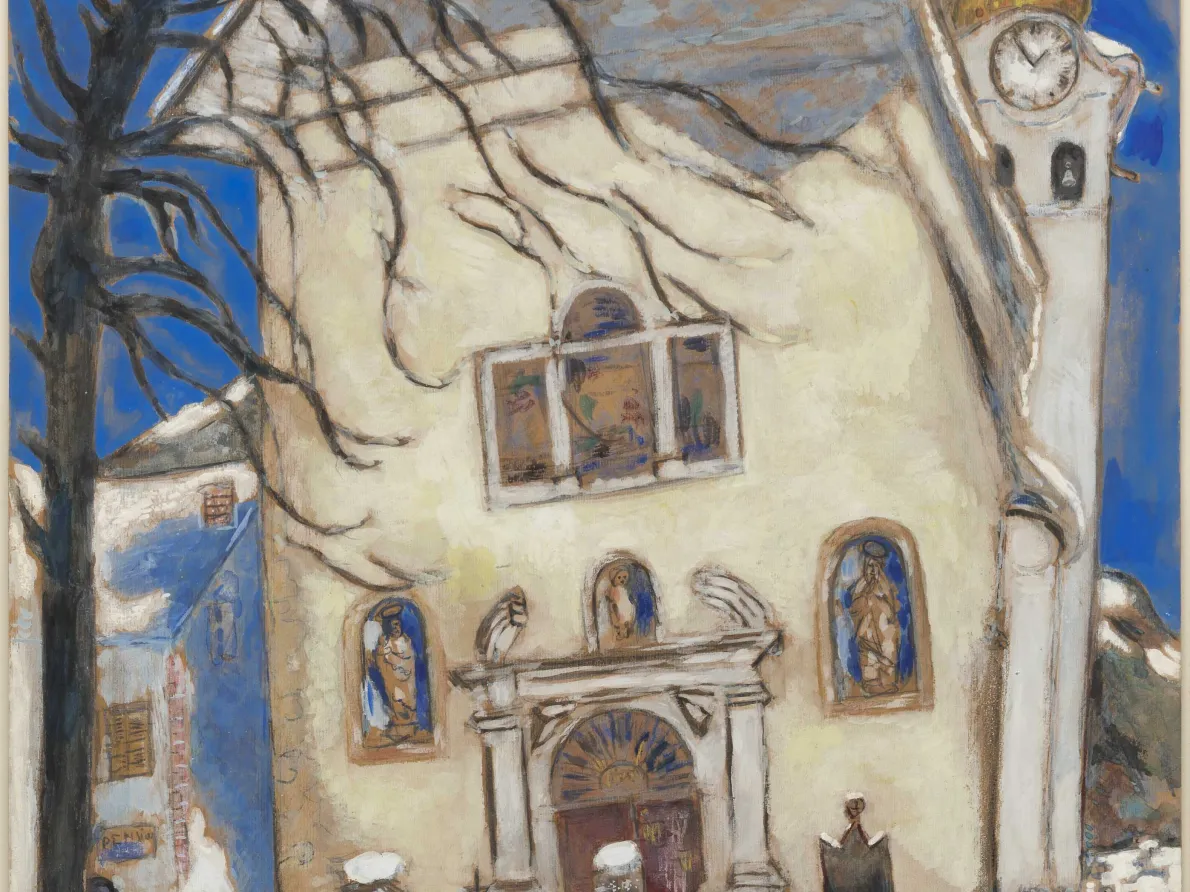
Marc Chagall (Russian, 1887-1985). Snow-covered Church, between 1927 and 1928, gouache and graphite pencil on wove paper. Detroit Institute of Arts, Founders Society Purchase with funds from The Friends of Modern Art, 31.61. © 2023 Artists Rights Society (ARS), New York / ADAGP, Paris.
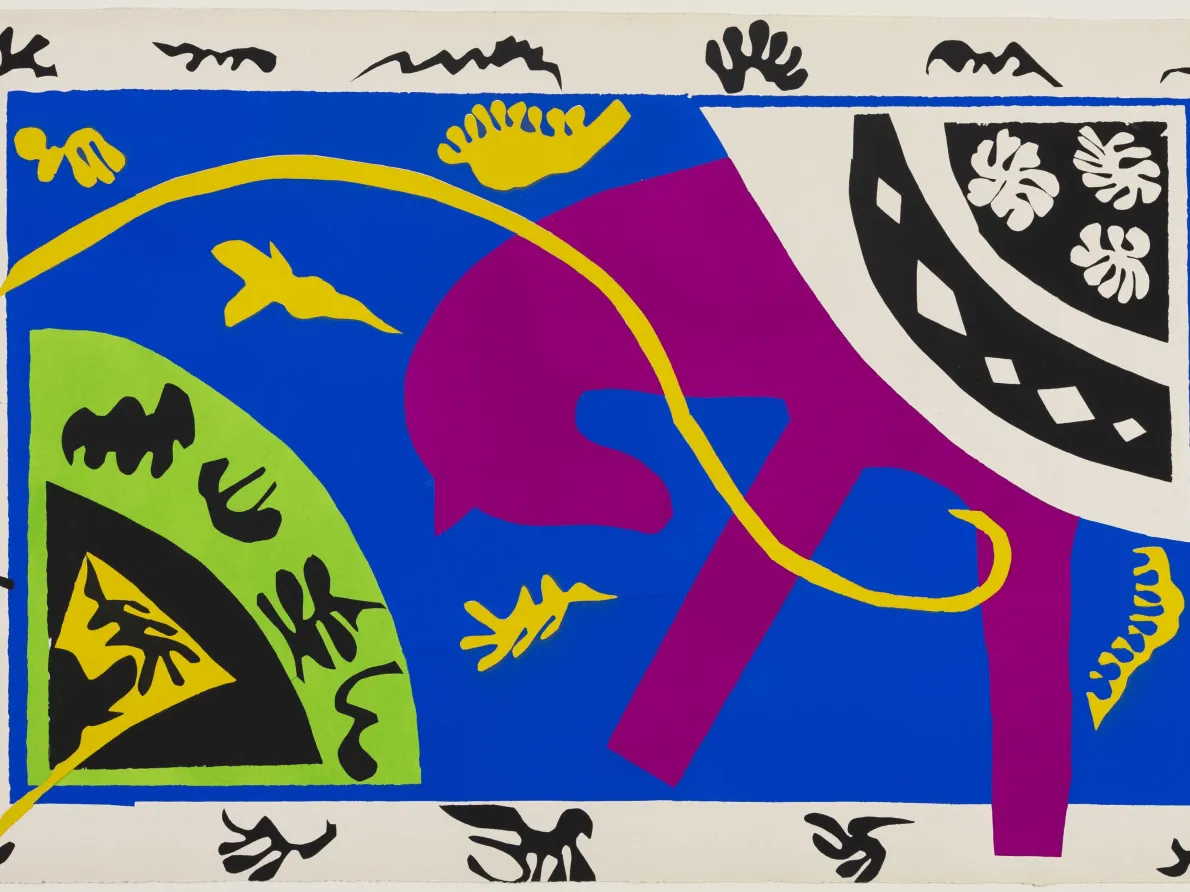
Henri Matisse (French, 1869-1954). Horse, Rider, and Clown (Le cheval, l'écuyère et le clown) from Jazz, 1947, pochoir printed in color ink on wove paper. Detroit Institute of Arts, Founders Society Purchase, New Endowment Fund, F78.3. © 2023 Succession H. Matisse / Artists Rights Society (ARS), New York.

Henri Matisse (French, 1869-1954). Circus (Le cirque) from Jazz, 1947, pochoir printed in color ink on wove paper. Detroit Institute of Arts, Gift of John S. Newberry, 48.239. © 2023 Succession H. Matisse / Artists Rights Society (ARS), New York.
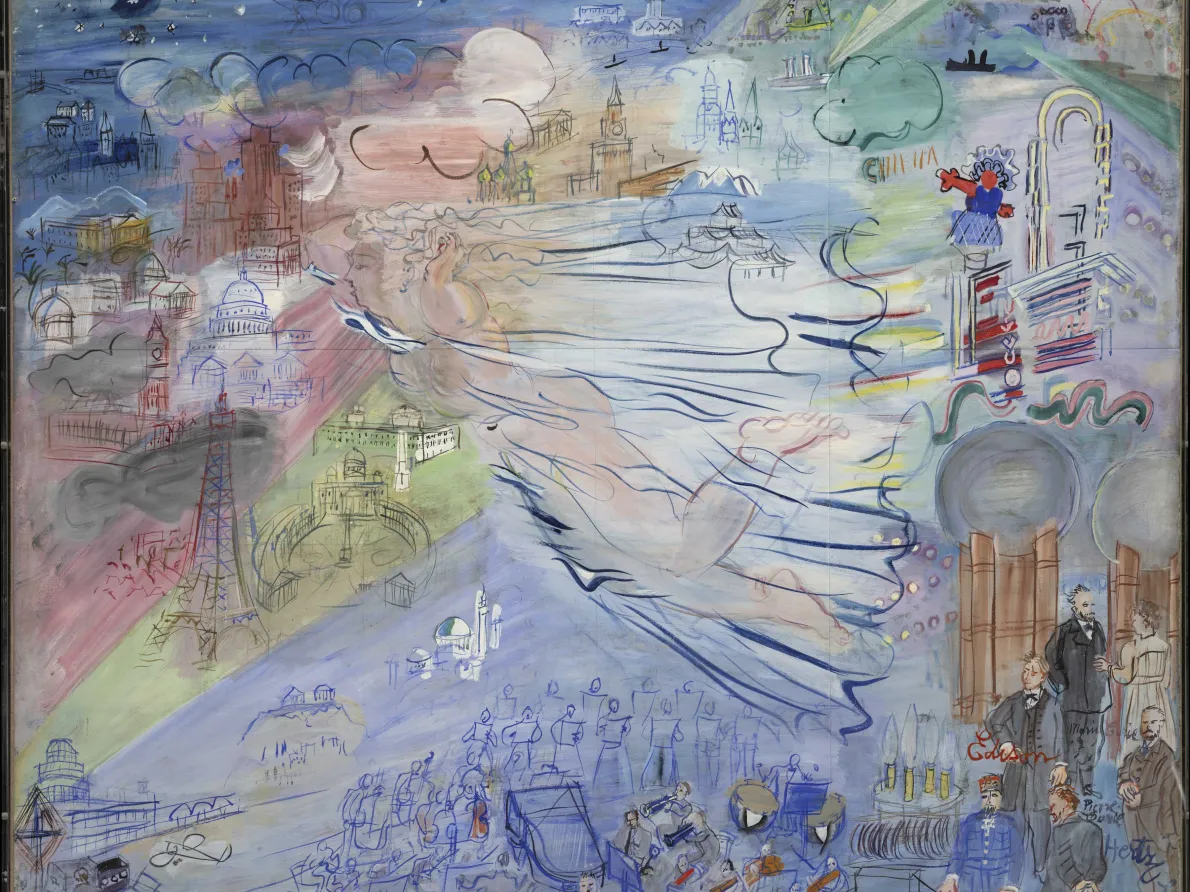
Raoul Dufy (French, 1877-1953). The Spirit of Electricity detail, 1936–1937, watercolor and gouache on paper mounted on canvas. Detroit Institute of Arts, Gift of Sara Lee Corporation, 1999.119.A. © 2023 Artists Rights Society (ARS), New York / ADAGP, Paris.
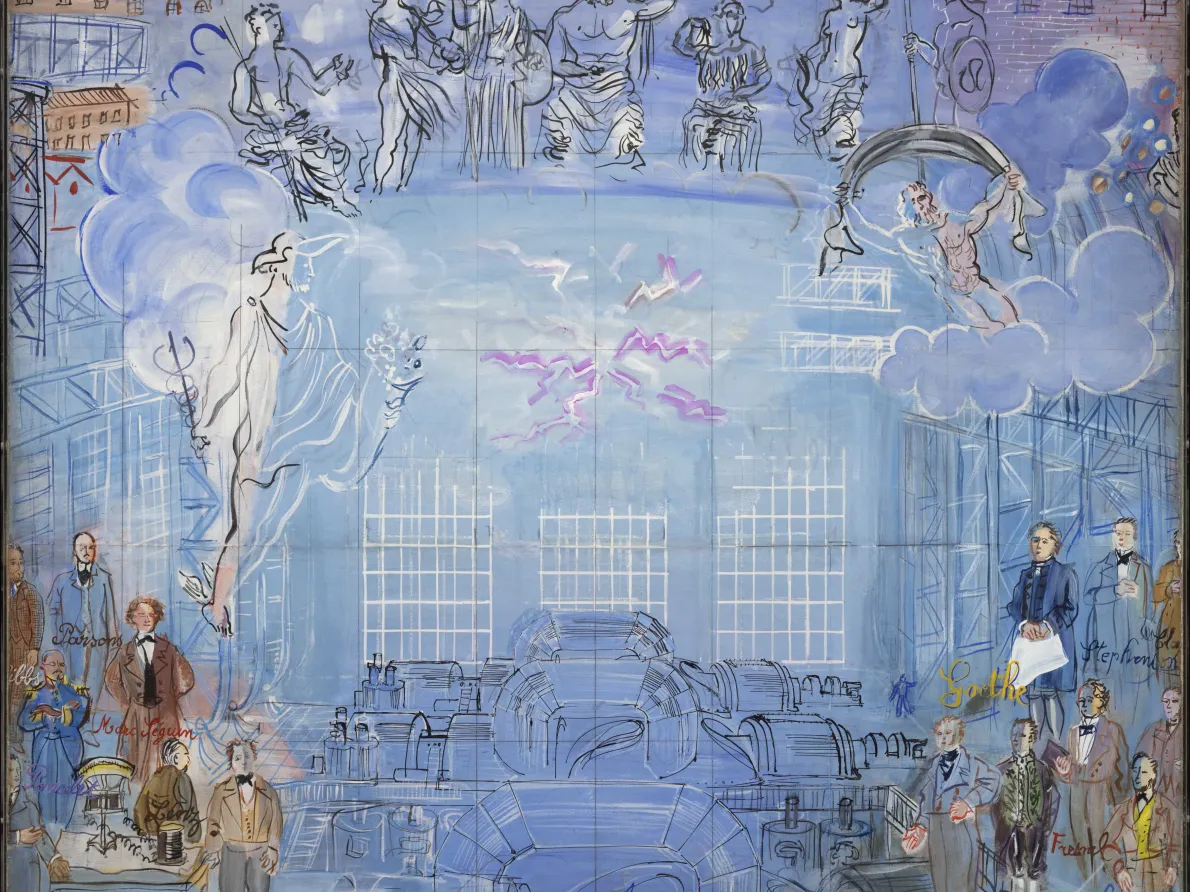
Raoul Dufy (French, 1877-1953). The Spirit of Electricity detail, 1936–1937, watercolor and gouache on paper mounted on canvas. Detroit Institute of Arts, Gift of Sara Lee Corporation, 1999.119.C. © 2023 Artists Rights Society (ARS), New York / ADAGP, Paris.
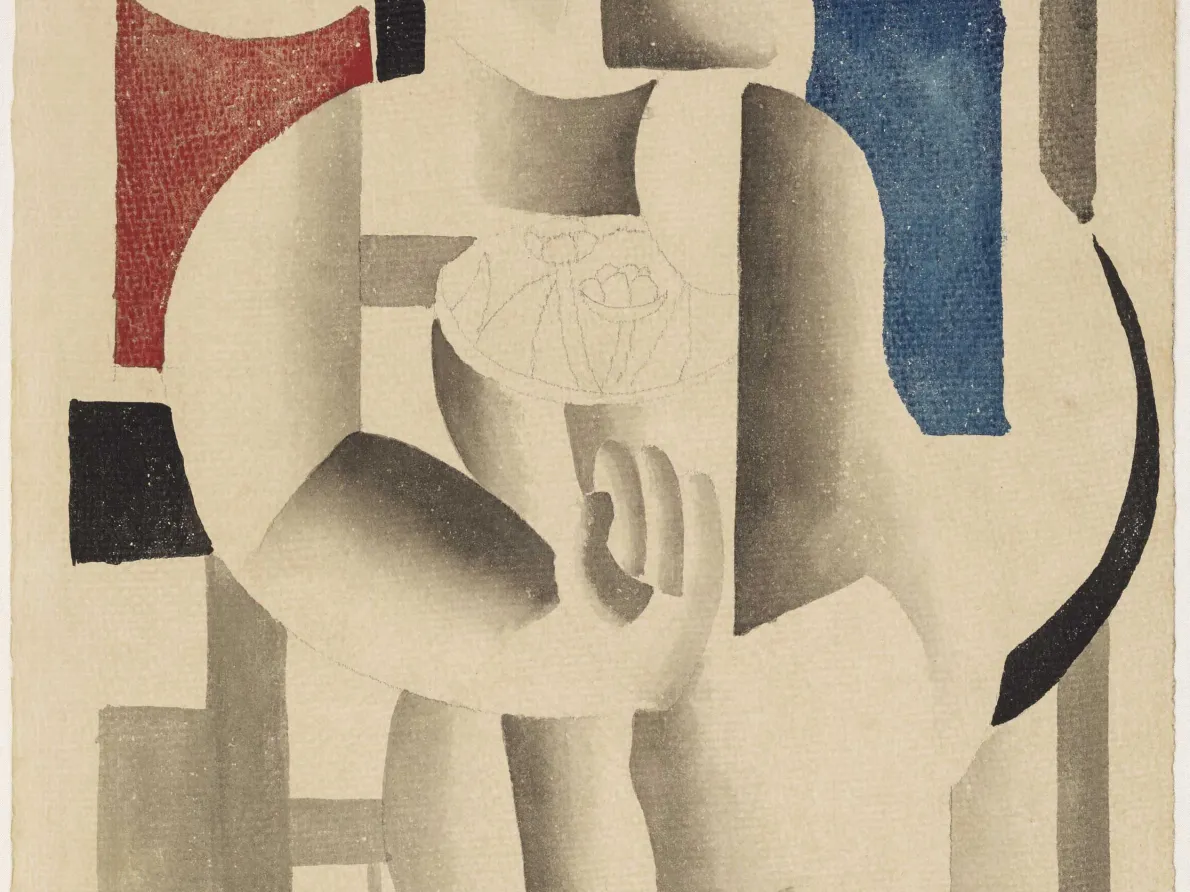
Fernand Léger (French, 1881-1955). Woman with Bouquet, 1921, graphite and watercolor. Detroit Institute of Arts, Bequest of Margaret Herz Demant, 2018.132. © 2023 Artists Rights Society (ARS), New York / ADAGP, Paris.